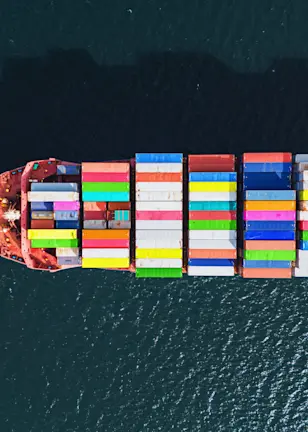The consensus was that Trump would use tariffs merely as a bargaining tool to secure better outcomes for the US, ultimately acting rationally in the interests of American businesses and his own voters. This supported the thesis of US exceptionalism. By now, we know better. The American government has alienated even its closest allies, and the trade war risks spiraling out of control.
What followed was an unprecedented shift in Germany’s fiscal policy and additional fiscal stimulus from the EU. The consequences for interest rates and credit markets are now well known. European interest rates rose while US rates declined, and in credit markets, excess returns moved in opposite directions, with European credit outperforming the US. This negative correlation is highly unusual but made perfect sense in this context.
The enormous tariff uncertainty, along with the associated economic instability, is a key driver of stagflation fears and the potential end of US exceptionalism. Several US growth indicators are clearly pointing to a slowdown, while inflation expectations remain elevated – an unfavorable backdrop for risky assets.
Wat is er nieuw in credits?
Blijf de markt voor met onze nieuwsbrief over het nieuwste binnen creditbeleggen.



















